- Established 1982 -HOME: www.hiltonpond.org
THIS WEEK at HILTON POND Subscribe for free to our award-winning nature newsletter (Back to Preceding Week; on to Next Week) |
HILTON POND SUNSETS
All text, maps, charts & photos © Hilton Pond Center Sunset over Hilton Pond (above), 4 June 2021. M.R. DUCKS, M.R. Ducks. No, M.R. DuckLINGS! After an interesting Memorial Day weekend in which we recaptured two really old female Ruby-throated Hummingbirds (RTHU)—one 6th-year and the other after-7th-year—we followed up on 1 June with three considerably younger hummers—one from 2019 and two from 2020. However, those latter three RTHU weren’t the youngest birds at Hilton Pond Center. That honor goes to a brood of just-fledged Wood Ducklings that tumbled out of their nest box early on the first of the month and then started paddling around the impoundment with the mother hen. We didn’t actually see the ducklings jump from their home—an event we’ve always wanted to witness—but the adult female was still sitting in the box yesterday, undoubtedly incubating.
All text, maps, charts & photos © Hilton Pond Center We first observed the new family mid-morning when the ducklings were so tightly clustered around their mother we couldn’t tell how many there were. (Care to take a guess without actually counting in the photo?) We suspect the downy ducklings were not quite sure what to make of this new pondwater existence and bright sunshine after somewhere between four and five weeks in the egg. (If you counted anyway, you should have come up with an even dozen ducklings, plus Mom—notable because of her Cleopatra-like eye makeup and bright metallic blue speculum, or wing patch). Approximating the Wood Duck incubation period at 30 days and adding one day per egg for the laying period means the first egg was laid 42 days ago on or about 15 April. The female waited to begin incubating until after the final egg was laid, assuring synchronous hatch. (Embryo development doesn’t begin until the female applies body heat, so waiting to incubate assures all eggs hatch on the same day.)
All text, maps, charts & photos © Hilton Pond Center A fledge date of 1 June seems rather late for Wood Ducks—unless we consider today’s brood is the hen’s second of 2021. This seems likely because woodies show up here like clockwork in early February and begin courtship in time for a female to start laying by mid-month. Ducklings from that brood would fledge around the first of April, giving the female a couple of weeks to re-set her ovaries and begin her next clutch. Two dozen ducklings would be pretty good annual production for one Wood Duck hen, but we suspect the majority of her offspring never make it to adulthood, falling prey to everything from Snapping Turtles to Red-shouldered Hawks and Raccoons to ratsnakes. Once we watched a female's hatch-day cluster of 16 Wood Ducklings go to 12 the next day and then to just six by Day Three--a rather rapid reduction in brood size. In the ~36 years we’ve maintained several Wood Duck boxes on Hilton Pond we’ve tallied successive pairs producing more than 800 ducklings. As noted, most likely perished quite young, but enough survived to assure that come February we are almost guaranteed to see three or four drakes trying to get the attention of three or four hens—and the cycle begins anew. M.R. LOTSA Ducks! All text, maps, charts & photos © Hilton Pond Center While counting Wood Ducklings during Memorial Day weekend we also spotted the year's first blossoms of Trumpet Creeper, Campsis radicans, about 30 feet up on a vine growing along the trunk of a Black Walnut (see photo below). By 2 June there were dozens more in bud or full flower--a welcome sign for any hummingbird enthusiast. This native vine--classified in the Bignoniaceae (same family as Crossvine and the Catalpa tree)--grows naturally in the eastern U.S. north to the Canadian border; it is much more common in the Southeast but has been naturalized elsewhere. The tubular, four-inch, orange inflorescence is just the right shape to be pollinated by Ruby-throated Hummingbirds, so it's no surprise at the bottom of the floral tube hides a copious nectar supply reachable most easily by little birds with long bills.
All text, maps, charts & photos © Hilton Pond Center It is also not coincidental Trumpet Creeper is coming into flower in early June--right about the time when female ruby-throats need carbohydrates and proteins to feed their fast-growing nestlings. Nectar supplies energy-boosting carbs and the hummer can glean tiny protein-laden insects from the flowers--making Trumpet Creeper a veritable hummingbird buffet. Here at Hilton Pond Center Trumpet Creeper continues to blossom throughout the summer, providing nourishment for adult hummers and their newly fledged progeny. At the same time, hummers serve as important pollinators for Trumpet Creeper flowers. How interesting it is that the vine doesn't stop flowering until early September when many ruby-throats are well on their way south to the Neotropics. Why, one might almost think there is a co-evolved relationship between Trumpet Creeper and Ruby-throated Hummingbirds!
All text, maps, charts & photos © Hilton Pond Center With all this in mind, in our judgment Trumpet Creeper is the single most important native Ruby-throated Hummingbird flower. It is truly a "Hummingbird Magnet." Although the plant can get a little rambunctious, we still encourage folks who like hummers like the female ruby-throat above to plant a Trumpet Creeper or two on a trellis or at the base of a big tree. If needed you can mow down seedlings and prune back vines in fall, keeping in mind that this year's flowers appear on NEW spring and summer growth. Happy Hummingbird Watching! All text, maps, charts & photos © Hilton Pond Center Of the five "spot-breasted thrushes" that occur at Hilton Pond Center--Veery, plus Gray-cheeked, Hermit (HETH), Swainson's, and Wood Thrushes (WOTH)--only the last is a breeding species. HETH spends the winter 'round these parts, while the other three pass through to and from the Neotropics and their northern breeding grounds. (We see a significant majority of the three non-resident species during autumn migration rather than in spring.) This week we captured and banded a recently fledged WOTH (below), which is pretty strong evidence of local breeding--even though we've never found a nest locally.
All text, maps, charts & photos © Hilton Pond Center Wood Thrushes are the biggest of the five "spot-breasted thrushes," about an inch longer bill tip to tail tip. They also are a bit chunkier and have the largest and most pronounced breast markings--more or less round spots (rather than streaks). The head and back are rusty-colored, a combination not seen in their four close relatives. (The rustiness is less pronounced and less uniform in recent fledglings like the one this week, in lateral view below.)
All text, maps, charts & photos © Hilton Pond Center WOTH have arrived here at Hilton Pond as early as 10 April and departed as late as 23 September on their way to non-breeding areas in coastal woodlands of Central America. Alas, of the 203 Wood Thrushes banded at the Center since 1982, only 12 have occurred in the past ten years--including five in 2020 and two so far this year. (Back in 1993 we had 27 !). Such increasingly low numbers--plus the near absence of the species' haunting, flute-like song in woods around us--do not bode well for Wood Thrushes. In fact, Partners in Flight describes a 60% drop in the overall WOTH population between 1970 and 2014. All text, maps, charts & photos © Hilton Pond Center Unlike Wood Thrushes, Downy Woodpeckers (DOWO) seem to be thriving at Hilton Pond Center, with 101 banded in the past decade (out of a total of 263 in our 40 years of on-site research). We suspect DOWO will increase in number as the Center's woodlands continue through vegetational succession in which hardwoods become larger and more dominant. Bigger, older trees bear more broken limbs and snags that downies use as excavation sites for their nesting cavities. Based on capture/recapture results, it appears we host an estimated 4-6 adult pairs of Downy Woodpeckers each year in our immediate proximity; with a pair capable of producing an annual single brood of 3-8 chicks, that makes for a lot of fledglings--especially when we mention we've recaptured "experienced" adult downies at the Center that were at least six years old.
All text, maps, charts & photos © Hilton Pond Center The Downy Woodpecker in the image above from this week is a youngster, as indicated by red feathers on the crown. (Adult males have a small red patch on the nape, while adult females lack red entirely.) There is some controversy whether the fledgling in our photo is definitely a male based on extensive red plumage; some authorities say the red in young females is reduced and can even be absent. In any case, we speculate the red crown in young DOWO is an age indicator that stimulates parenting behavior in adults; we've also always thought this touch of color might make otherwise black-and-white chicks easier to see in a nest cavity's semi-darkness. All text, maps, charts & photos © Hilton Pond Center Hilton Pond is home to at least five species of aquatic turtles, all of which spend most of their lives patrolling the pond's muddy bottom. In warmer weather some spend hours sunning on its banks. At one time or another since 1982 we've seen all five kinds a hundred feet or more from their freshwater sanctuary, and they're always females out looking for a dry place to lay a new clutch. (Unlike fish and amphibians, reptile eggs drown if covered by water.) This week we encountered a big Yellowbelly Slider, Trachemys scripta, nearly 9" long and about as far away from the pond as she could get and still be on Center property. Seems she had decided to excavate her nest on a bare patch of ground at the very top of our driveway, just a few feet from a heavily traveled frontage road.
All text, maps, charts & photos © Hilton Pond Center We hustled back to the old farmhouse for a camera but upon our return the turtle had already scooted off into surrounding vegetation. (Nesting turtles often abandon their work when startled by intruders--a behavior that may lessen nest predation. Many turtle nests around Hilton Pond are plundered by hungry Raccoons and Striped Skunks the first night after laying.) Since the slider was so near the road we elected to carry her back to a grassy area closer to the pond. She sat there a while, her appendages drawn into her shell, eventually poking her head out for a turtleneck portrait (above). We then went off to check our mist nets for birds and came back to find the turtle had disappeared, undoubtedly returning to safe haven in the friendly confines of the nearby pond. Still gravid with likely fertile eggs, we suspect it didn't take long for her to head landward again in search of another place to nest.
All text, maps, charts & photos © Hilton Pond Center Yellowbelly Sliders are named for the color of their plastrons (bottom shell, above) and their habit of slipping into the water after sunning on banks of ponds and slow-moving streams and rivers. They are one of the most common aquatic turtles in the Carolinas--"ubiquitous and conspicuous" says one source--although they are absent from higher elevations in both states. (Hilton Pond sits right on the edge of the species' historical range.) Millions of Yellowbelly Sliders have been exported as pets to other parts of the world where they are often released and become invasive, out-competing native turtles. All text, maps, charts & photos © Hilton Pond Center HILTON POND SUNSETS "Never trust a person too lazy to get up for sunrise
All text, maps, charts & photos © Hilton Pond Center Sunset over Hilton Pond (above), 18 June 2021. Photoshop image post-processing for this page employs
Checks also can be sent to Hilton Pond Center at: All contributions are tax-deductible on your Don't forget to scroll down for Nature Notes & Photos, |
|---|
|
"This Week at Hilton Pond" is written and photographed by Dr. Bill Hilton Jr., executive director of Hilton Pond Center for Piedmont Natural History
|
|
|
Please refer "This Week at Hilton Pond" to others by clicking on this button: |
|


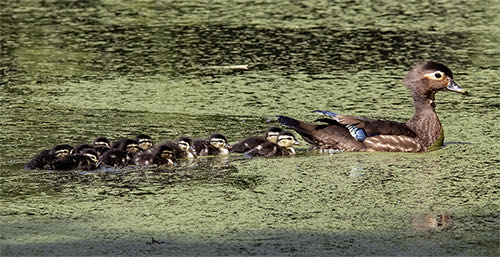
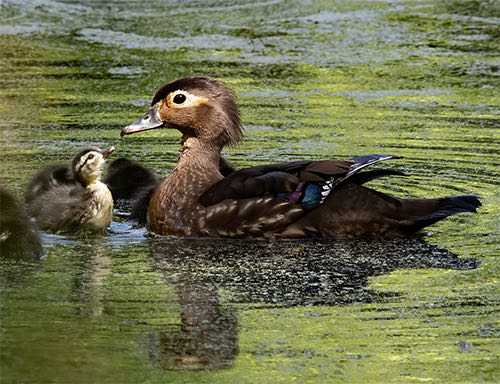
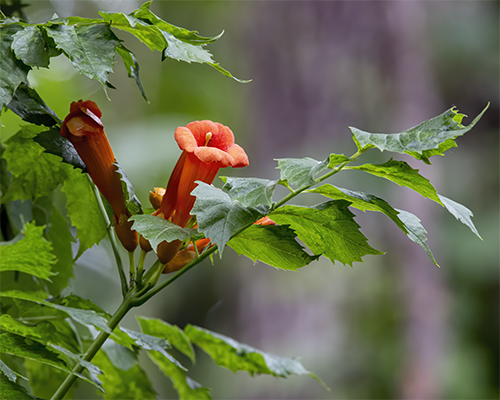
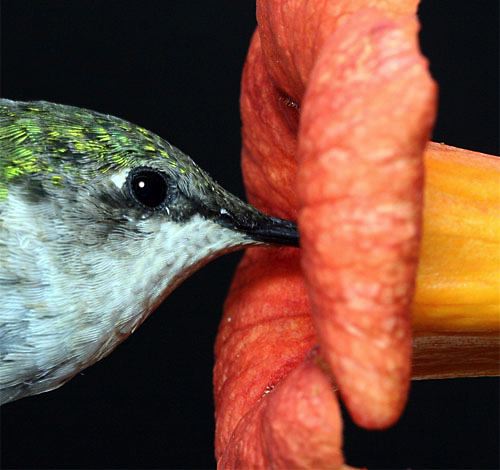
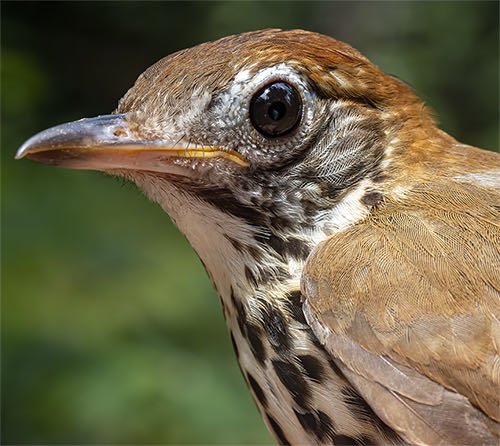
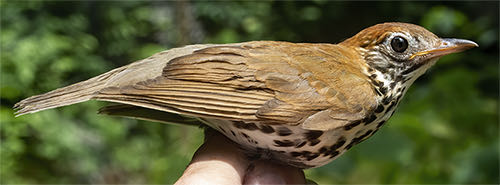
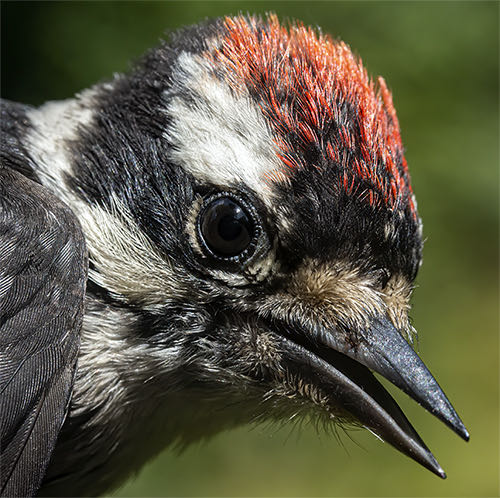

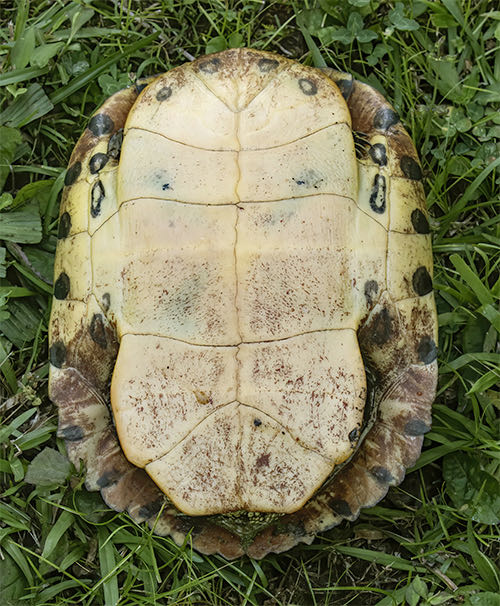
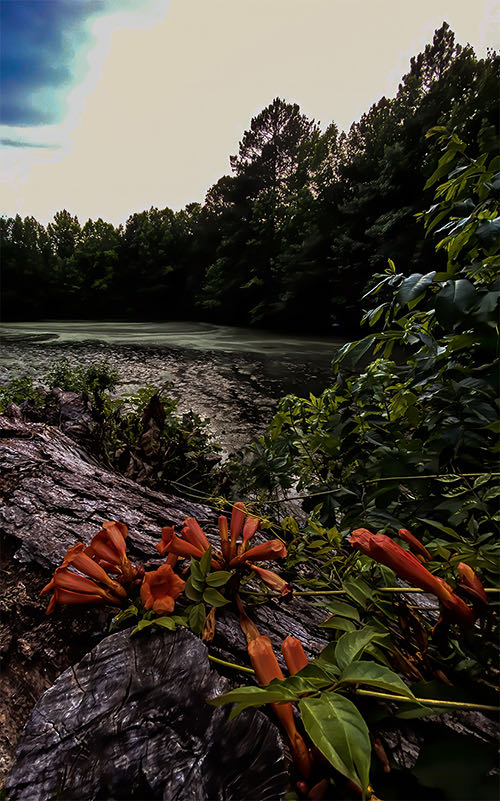










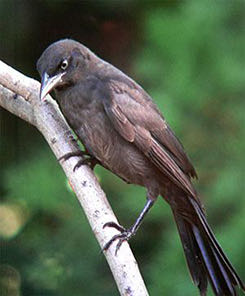
 Please report your spring, summer &
Please report your spring, summer &